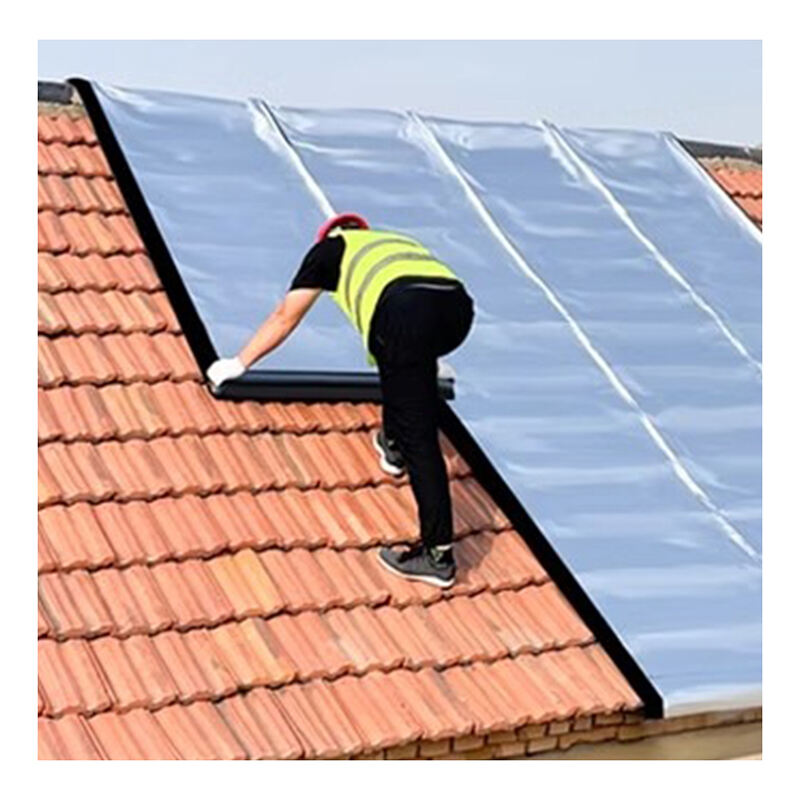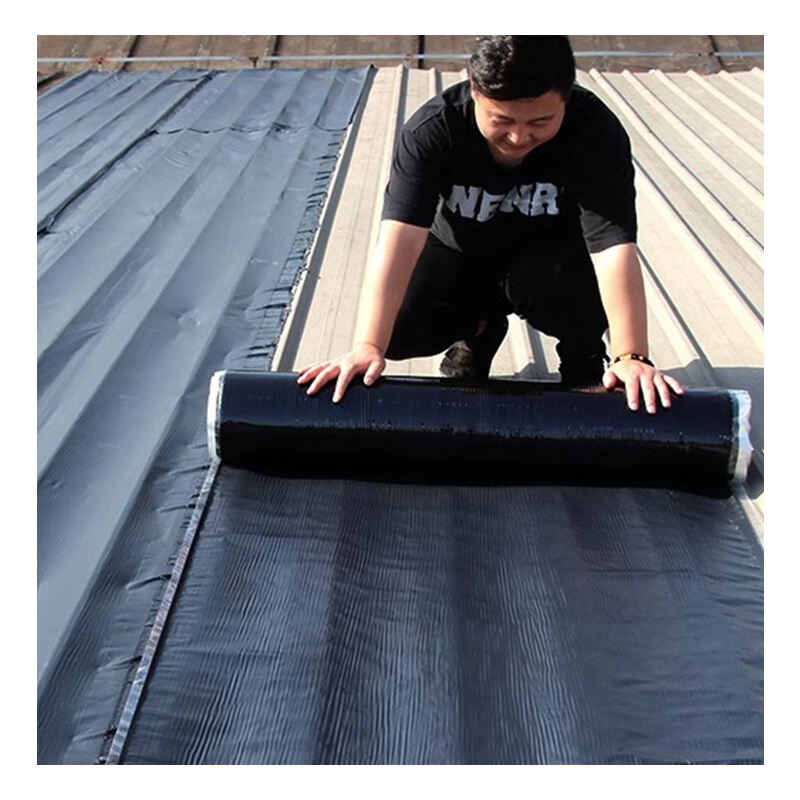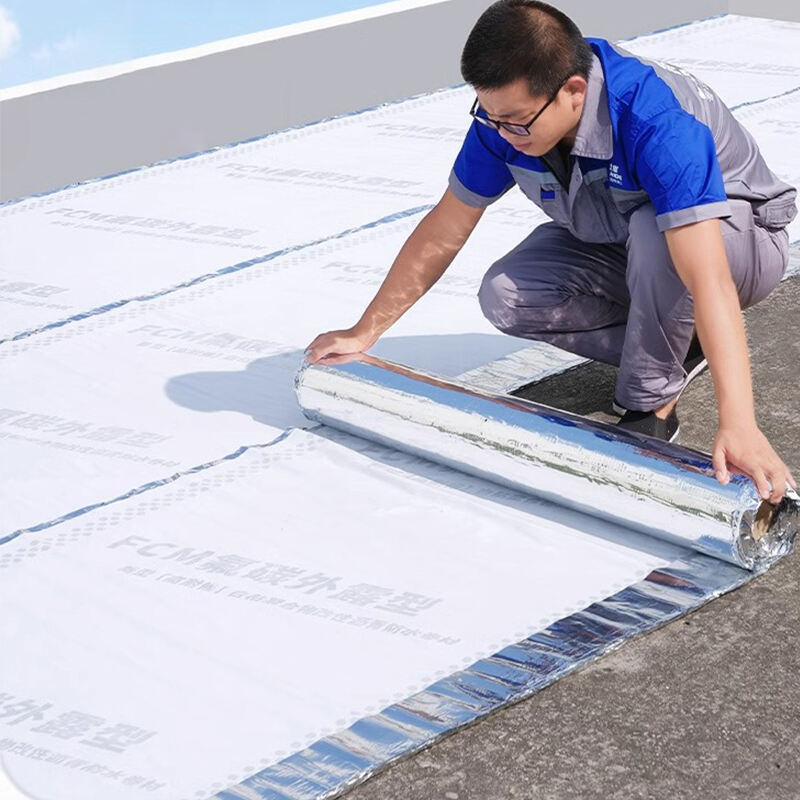buite-blokmuur waterdichte
Waterdichte van buite blokmuur is 'n kritieke beskermingsmaatreeks wat ontwerp is om geboue te beskerm teen water- en vochtverrigting. Hierdie omvattende waterdichte stelsel skep 'n ondurdringbare barriere op die buiteoppervlak van betonblokmuur, wat effektief waterinfiltrasie, strukturele skade en moontlike binne-luikwaliteitprobleme voorkom. Die proses behels gewoonlik meerdere lae van beskerming, wat begin met oppervlakvoorbereiding, wat insluit skoonmaak en herstel van bestaande skade. Daarna word 'n hoëprestasie-waterdichte membraan aangebring, wat dikwels uit polymer-gemodifiseerde asfalt of sintetiese rubberverbindinge bestaan. Hierdie materiaalle is spesifiek ontwerp om naadloos met betonoppervlakke te bind terwyl hulle voldoende veerkrag hou om boubeweging en termiese uitbreiding te akkomodeer. Gevorderde waterdichte stelsels mag ook drainaagpaneel ingesluit wat water weg van die fondasie lei, en beskermingsplaat wat die waterdichte membraan beskerm teen skade tydens terugvulbewerkings. Die tegnologie het geëvolueer om selfheg membrane en spuit-aan-oplossings in te sluit wat volledige dekking verseker, selfs in uitdagende areas soos hoeke en doordringings. Hierdie sistematiese benadering beskerm nie net teen waterinfiltrasie nie, maar help ook om die strukturele integriteit van die gebou te handhaaf, grondvloed te voorkom en die leeftyd van die betonblokmuur te verleng.


